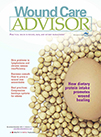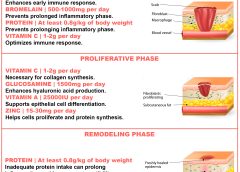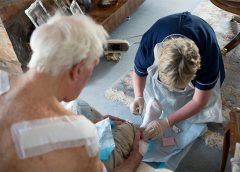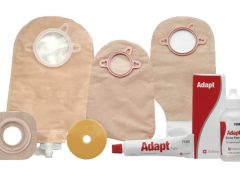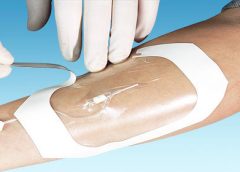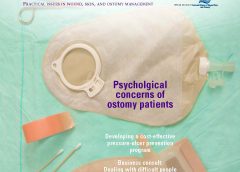by Donna Sardina, RN, MHA, WCC, CWCMS, DWC, OMS
With uncertainty over how the Affordable Care Act (ACA) ultimately will affect operations, hospitals and other healthcare facilities are tightening up. In many areas, they’re laying off staff. In May, the healthcare industry lost 9,000 jobs—the worst month for the industry in a decade—and another 4,000 jobs were lost in July.
Medicare, Medicaid, and private insurance companies are reducing reimbursements to care providers, meaning less money is coming in and healthcare facilities have less money to pay out. In my experience, when job cuts are needed, the specialty and subspecialty positions go first. Wound and ostomy care is a subspecialty, so we need to be prepared to protect our jobs—not only for ourselves but for our patients. (more…)
Read More
